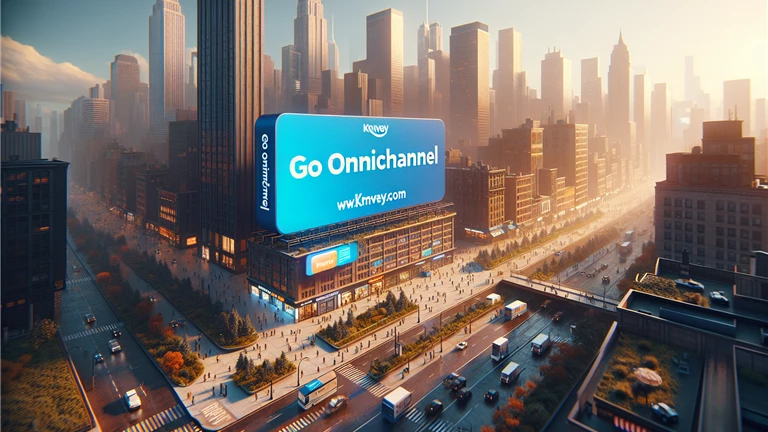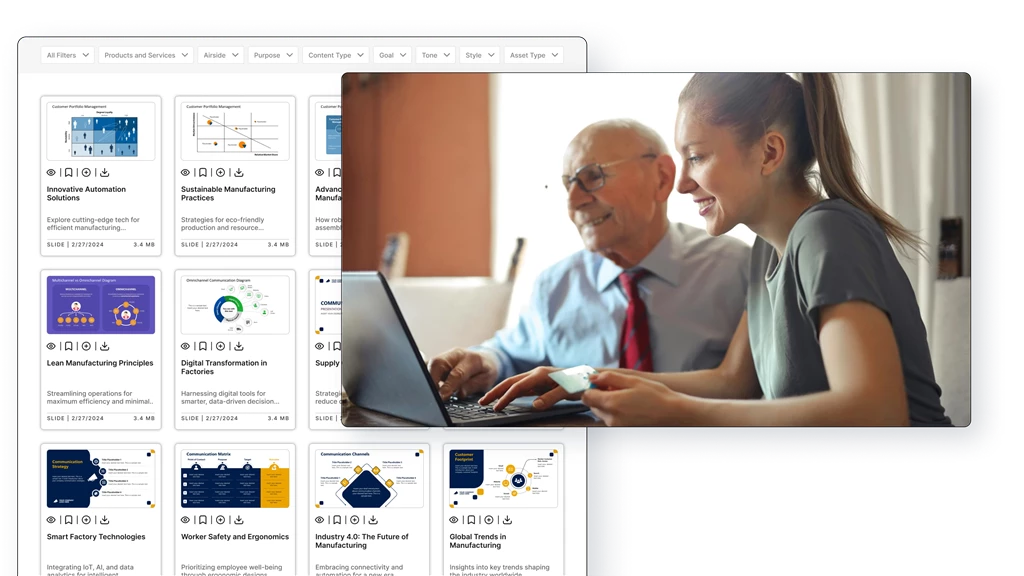1. Your Customers Use Multiple Channels
An omnichannel shopping campaign is particularly effective when your customers are interacting with your brand across multiple channels. Today’s consumers often start their shopping journey on one channel and complete it on another—for example, they might browse products on their mobile device, compare prices on your website, and then make a purchase in-store. If your customer base is already engaging with your brand through various touchpoints, an omnichannel campaign can ensure these experiences are connected and consistent.
Indicators:
- High traffic on multiple channels (e.g., website, mobile app, physical stores)
- Customers frequently switch between online and offline interactions
- Significant social media engagement that drives traffic to your other channels
2. You Want to Enhance Customer Experience
If improving the overall customer experience is a priority for your business, an omnichannel shopping campaign can be a game-changer. This approach allows you to provide a more personalized and convenient shopping experience, catering to customer preferences and behaviors across different platforms. By integrating channels, you can create a unified experience where customers feel valued and understood, regardless of how they choose to shop.
Indicators:
- Customer feedback indicates a desire for more seamless or integrated shopping experiences
- You’re looking to increase customer satisfaction and loyalty
- There’s a need to reduce friction in the customer journey (e.g., easier product returns, consistent inventory availability)
3. You Have the Infrastructure to Support It
Implementing an omnichannel shopping campaign requires the right infrastructure, including integrated technology systems, a robust CRM, and a well-coordinated marketing and sales team. If your business has invested in these areas and has the capacity to synchronize data, manage inventory across channels, and deliver consistent messaging, then you’re well-positioned to execute an omnichannel strategy effectively.
Indicators:
- Existing integration between your online and offline sales systems
- A CRM system that centralizes customer data across all channels
- Coordinated teams that can manage and execute campaigns across various platforms
4. You’re Launching a New Product or Promotion
Launching a new product or promotion is an excellent opportunity to leverage an omnichannel shopping campaign. This approach allows you to reach customers wherever they are—whether they’re browsing online, scrolling through social media, or visiting your physical store. By creating a consistent message across all channels, you can generate excitement, increase visibility, and drive more conversions for your new offering.
Indicators:
- Planning to launch a new product or seasonal promotion
- Desire to maximize the reach and impact of a marketing campaign
- Need to create buzz and attract attention across multiple platforms simultaneously
5. Your Competitors Are Embracing Omnichannel Strategies
In a competitive market, staying ahead often means adapting to new strategies that your competitors are already using. If you notice that your competitors are successfully implementing omnichannel shopping campaigns, it might be time to consider this approach for your business. By adopting an omnichannel strategy, you can remain competitive, meet evolving customer expectations, and potentially gain an edge over businesses that are slower to adapt.
Indicators:
- Competitors are actively using omnichannel marketing and sales strategies
- Market research shows increasing consumer preference for omnichannel shopping experiences
- Pressure to differentiate your brand in a crowded marketplace
6. You Need to Bridge Online and Offline Sales
If your business operates both online and physical stores, an omnichannel shopping campaign can help bridge the gap between these sales channels. This approach ensures that customers have a consistent experience, whether they’re shopping online or in-store. It can also drive traffic between channels—for example, promoting in-store exclusives online or offering online order pickups in-store.
Indicators:
- Operating both e-commerce and brick-and-mortar stores
- Desire to increase foot traffic in physical locations using online promotions
- Need to streamline the customer journey between online and offline shopping
7. You’re Looking to Boost Customer Loyalty
An omnichannel approach can significantly enhance customer loyalty by providing a more cohesive and rewarding shopping experience. When customers feel that their preferences and behaviors are recognized across all channels, they’re more likely to develop a deeper connection with your brand. Loyalty programs that operate seamlessly across multiple channels can further encourage repeat business and long-term customer relationships.
Indicators:
- Plans to launch or enhance a customer loyalty program
- Desire to increase repeat purchases and customer lifetime value
- Interest in creating personalized offers and rewards based on cross-channel behavior
8. You Want to Leverage Data for Better Insights
An omnichannel campaign approach allows you to gather comprehensive data on customer behavior across all channels, providing deeper insights into their preferences, habits, and purchase patterns. This data can be invaluable for refining your marketing strategies, optimizing inventory management, and making informed business decisions.
Indicators:
- Strong focus on data-driven decision-making
- Existing data collection across multiple customer touchpoints
- Need for better insights into how customers interact with your brand



